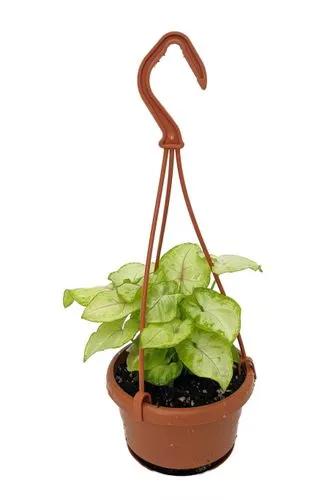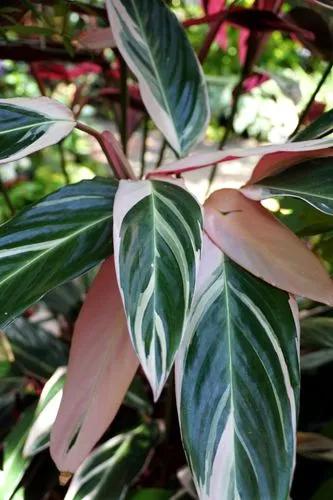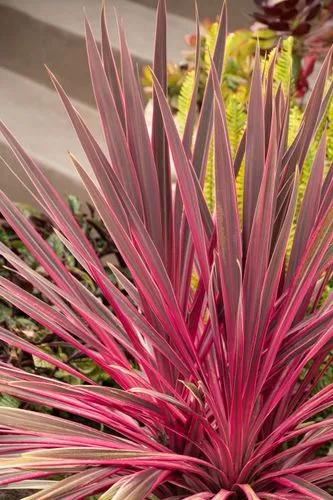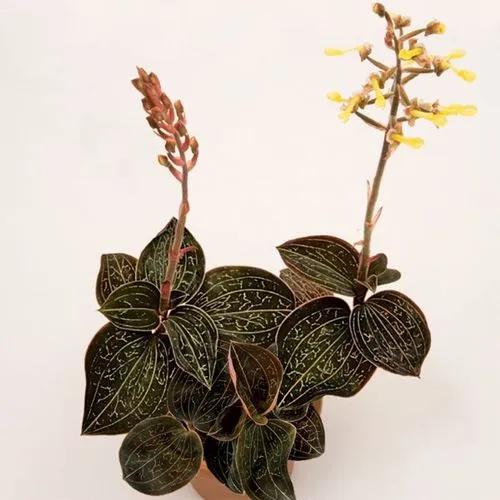This little plant will capture your attention with one of the most attractive berries to be found in houseplants. Meet Nertea granadensis, a beautiful and exotic plant, which might still be picky in watering and light requirements.
Coral Bead Care
Nertera granadensis



Coral bead plant, also known as pin-cushion plant, coral moss, or English baby tears, is a ground cover well known worldwide. It has tiny flowers, which reach only 5 mm in size, but because there tooo many of them - they completely hide the leaves underneath. However, people love this plant for its berries - brightly colored orange fruit.
How to Care for the Plant

Water

During spring and summer, keep the plant moist at all times: never let it dry out, but also never keep it soggy. During the fall and winter, let the plant's soil dry almost completely before watering again.

Pruning

This plant does not need special pruning: сut off dried flowers and leaves if aesthetically needed.

Fertilizer

You should regularly fertilize this plant once a month in a misting fashion. Use a complex mineral fertilizer during the intensive growth and until it flowers. Do not fertilize during the winter period, only if it's needed.

Sunlight

It needs plenty of light, but still, try to protect it from the direct and harsh sunlight. The ideal place will be a western or eastern window sill.

Soil

Ideally, use one part potting mix to one part perlite or tree bark.

Propagation

This plant can be propagated in three ways: from tip cuttings in the spring, seeds, or by gently pulling apart clumps (dividing) and transplanting them into separate pots (the most common and the best achieved).

Temperature

Coral bead plants like cool temperatures, 55 to 65˚F (13-18˚C), but in general should not be higher than 80ºF (26ºC) during summer, and lower than 40ºF (4ºC) in winter. If the temperature is above 65ºF (18ºC) during flowering, there will be no berries produced during that season.

Container

It should be just a few inches deep because the Coral Bead Plant possesses a shallow root system. There is no need to repot it.

Fun fact

The berries of the Coral Bead Plant are poisonous. So even though they might look delicious, you should not eat them. Also, even though the toxicity is relatively low, be very careful if there are children or pets in the house.

Popularity

243 people already have this plant 67 people have added this plant to their wishlists
Discover more plants with the list below
Popular articles






